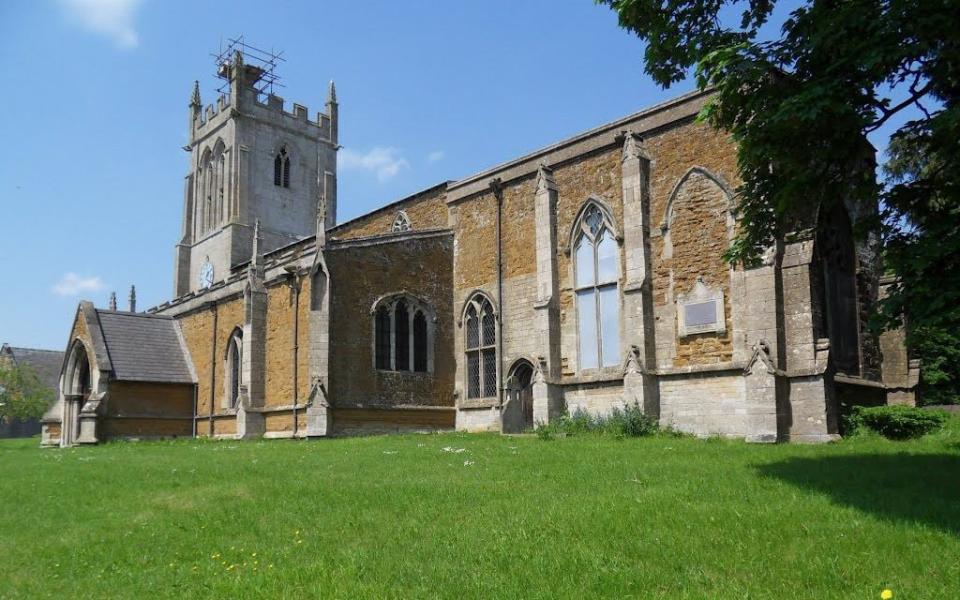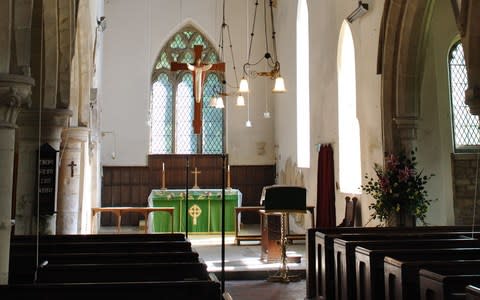Warden who fixed roof of church targeted by lead thieves ends up in court for failing to get permission

A church warden who fixed the roof after lead was stolen ended up in court because he did not have permission.
Martin Watts decided to install plastic in the roof of All Saints Pickwell, in the diocese of Leicester, after thousands of pounds worth of damage was done by thieves who stole part of the roof of the medieval church in September 2016.
But Mr Watts failed to apply for the consistory court's permission, known as a faculty, to let the work go ahead.
Mark Blackett-Ord, the chancellor of the diocese, said Mr Watts was the "driving force" behind the decision to install Sarnafil, a roofing membrane made of plastic and other materials, without permission.
Now a church court has ruled that he must pay the costs of the hearing after heritage groups said the new roof was "visually objectionable".
The Grade I church dates from the 13th and 14th century and is of "outstanding architectural quality", the chancellor said.

Churchwardens established that replacing the lead roof would cost £12,840 plus architect’s fees, compared with the £7,760 cost of using "composite material".
Mr Watts received backing from area dean the Reverend Peter Hooper, who said he was "more than happy" with the replacement roof, though added that he could not condone the decision to install it without permission.
Supporters also argued that the decision had been taken by the PCC, or parochial church council, as a whole.
The Chancellor said the new roof, which is likely to last around 20 years, could remain as it would be "wasteful" to remove it, but said it "should be inspected and maintained during that period with the greatest care, to avoid the possibility (or ultimately likelihood) that it will start leaking".

He ordered that Mr Watts should pay the costs of the court proceedings and "may not take a contribution or indemnity from the PCC or from any other church funds.
"If he is right in his contention that he was supported thoroughly by the PCC, then the individual members of the PCC are at liberty to make their own voluntary contributions towards his debt," he said.
Advice from heritage groups says that churches who have lead roofs stolen are ideally meant to replace it with the same material, but may also use terne-coated stainless steel.

 Yahoo News
Yahoo News 